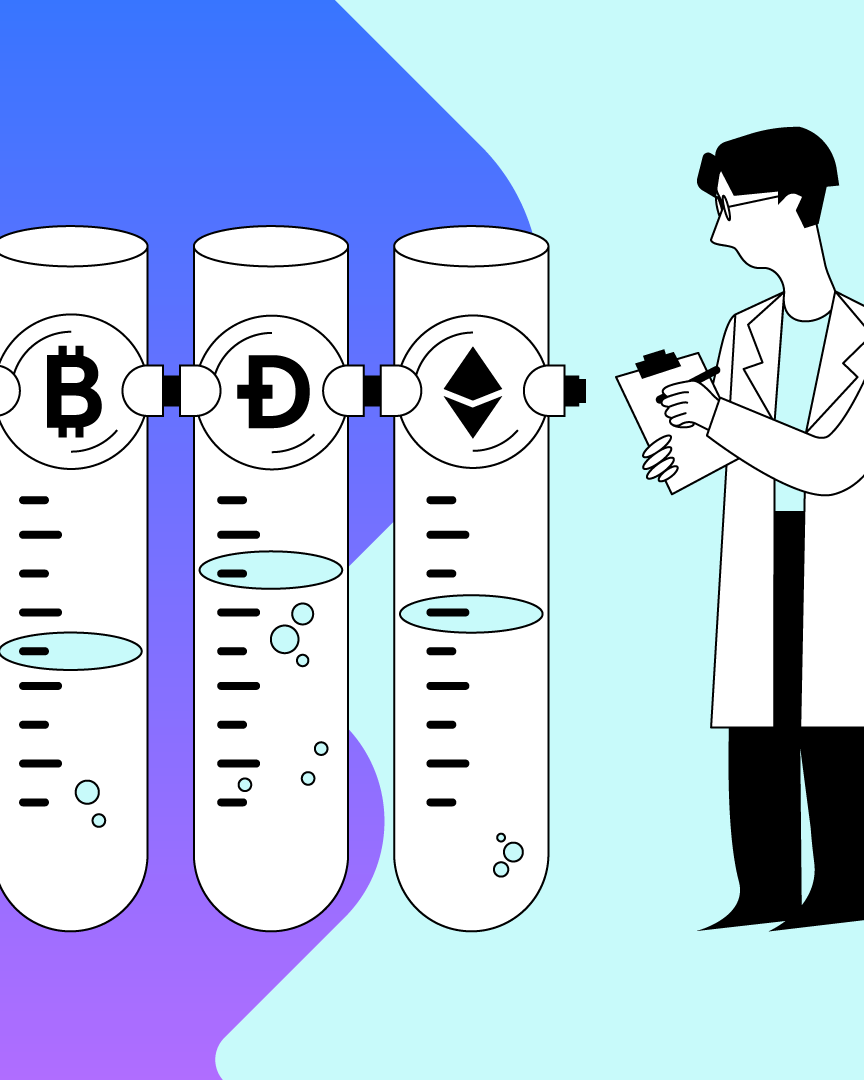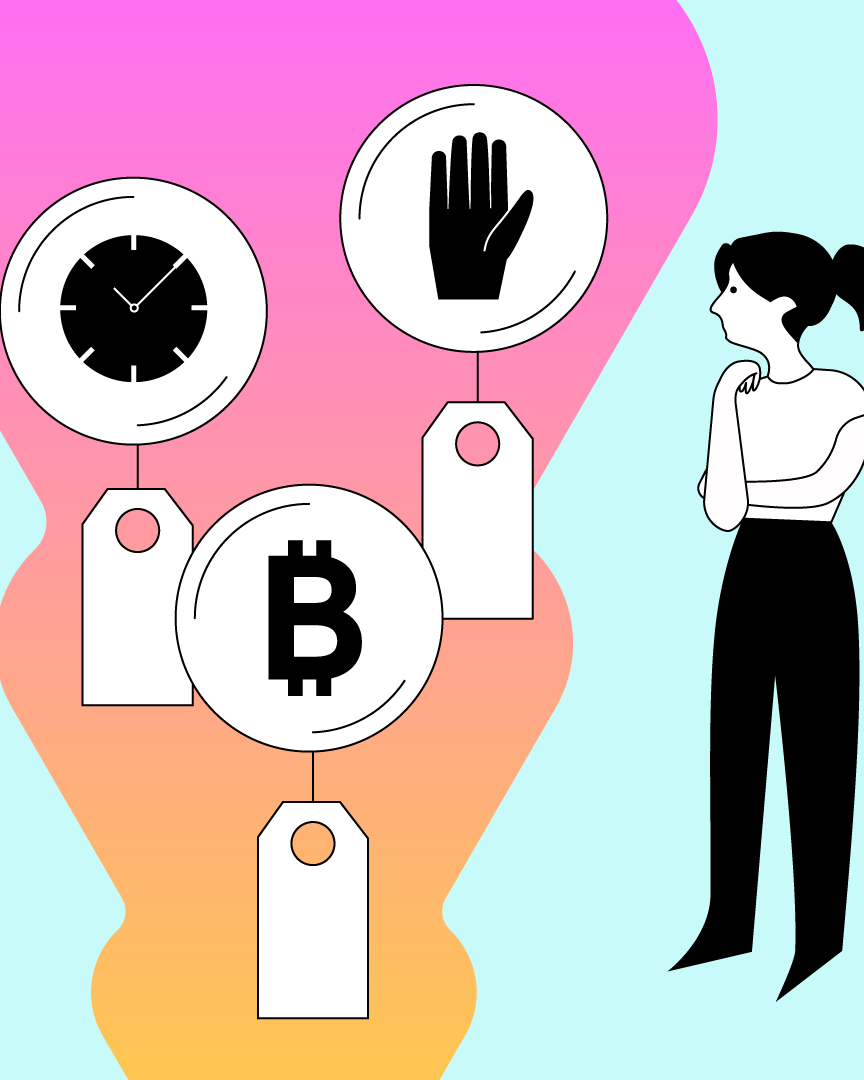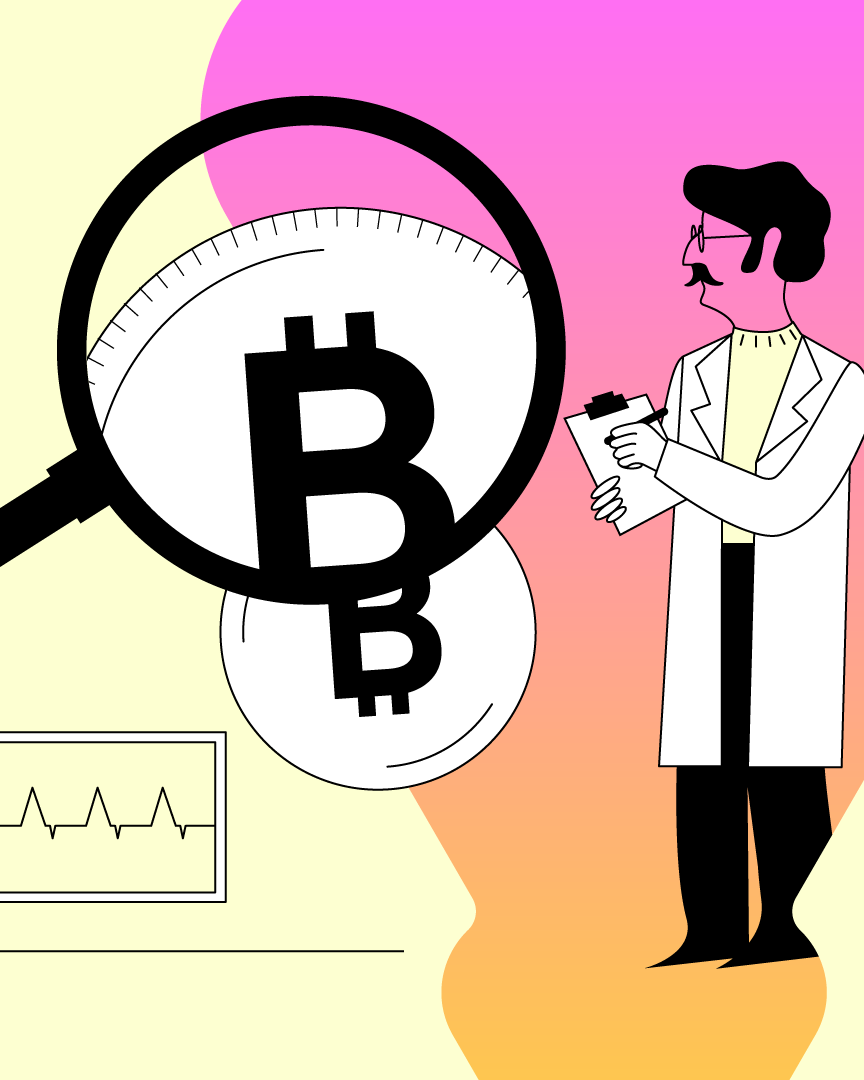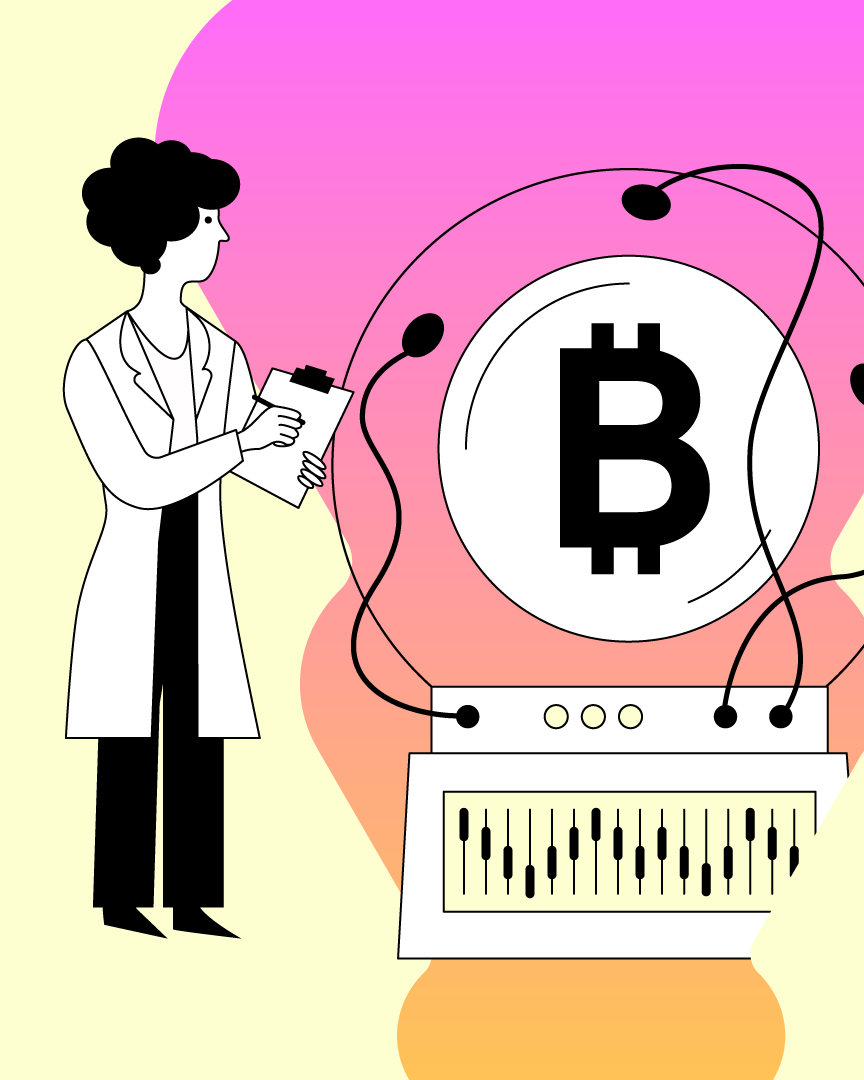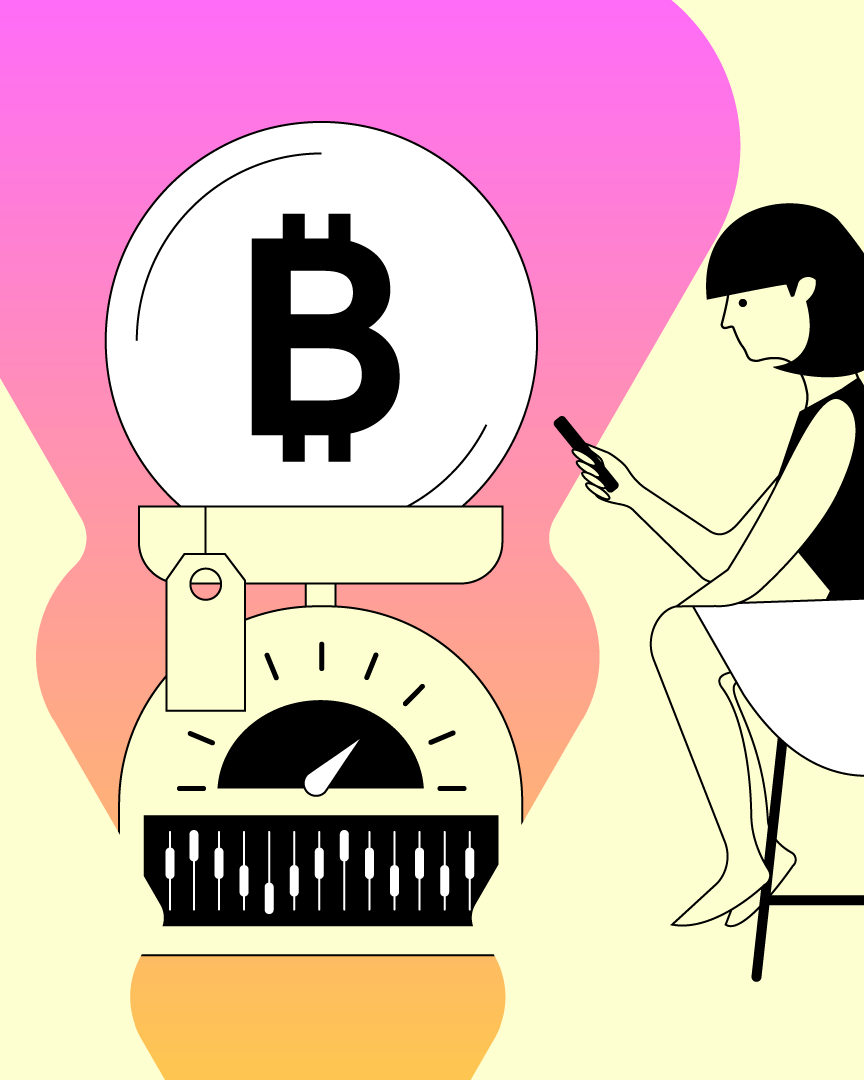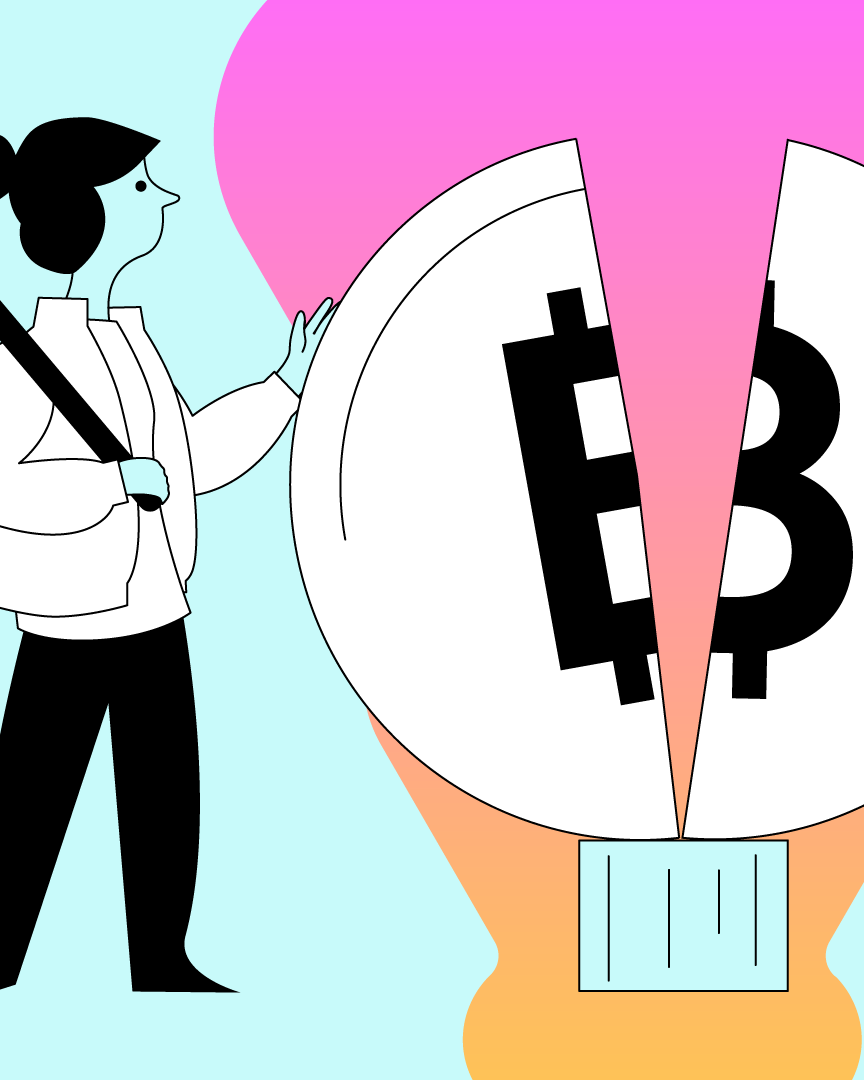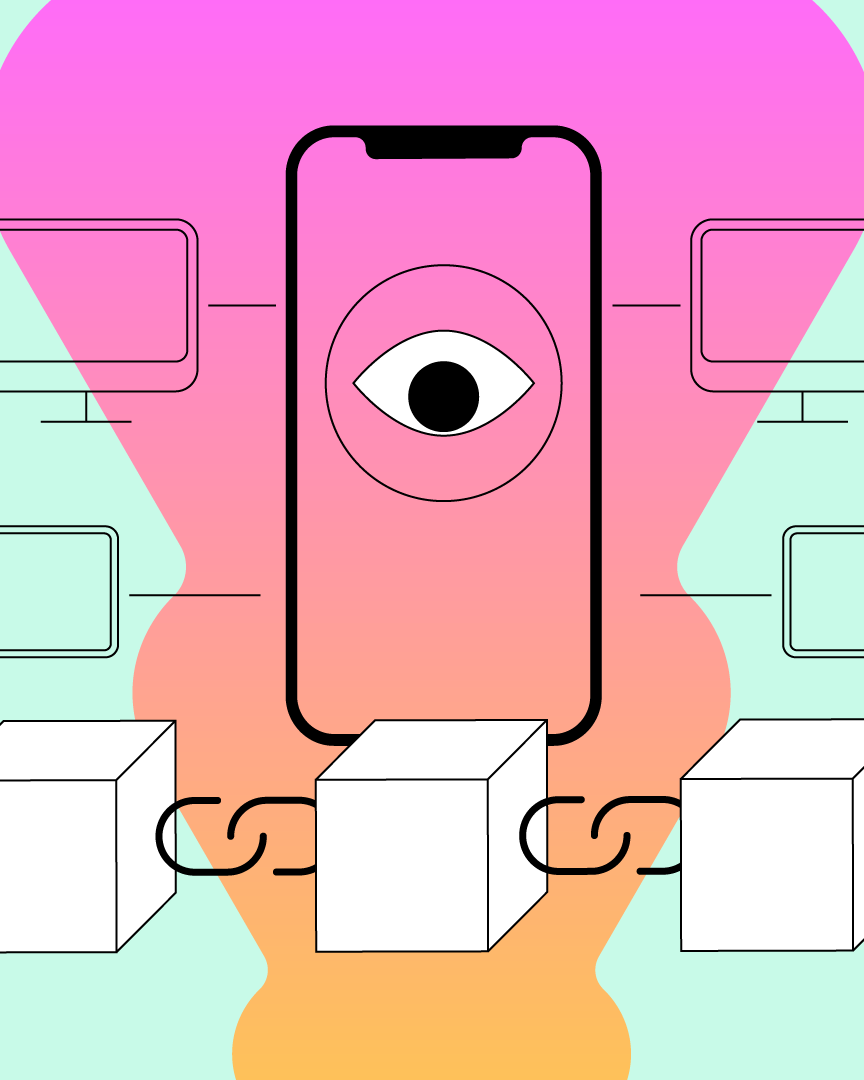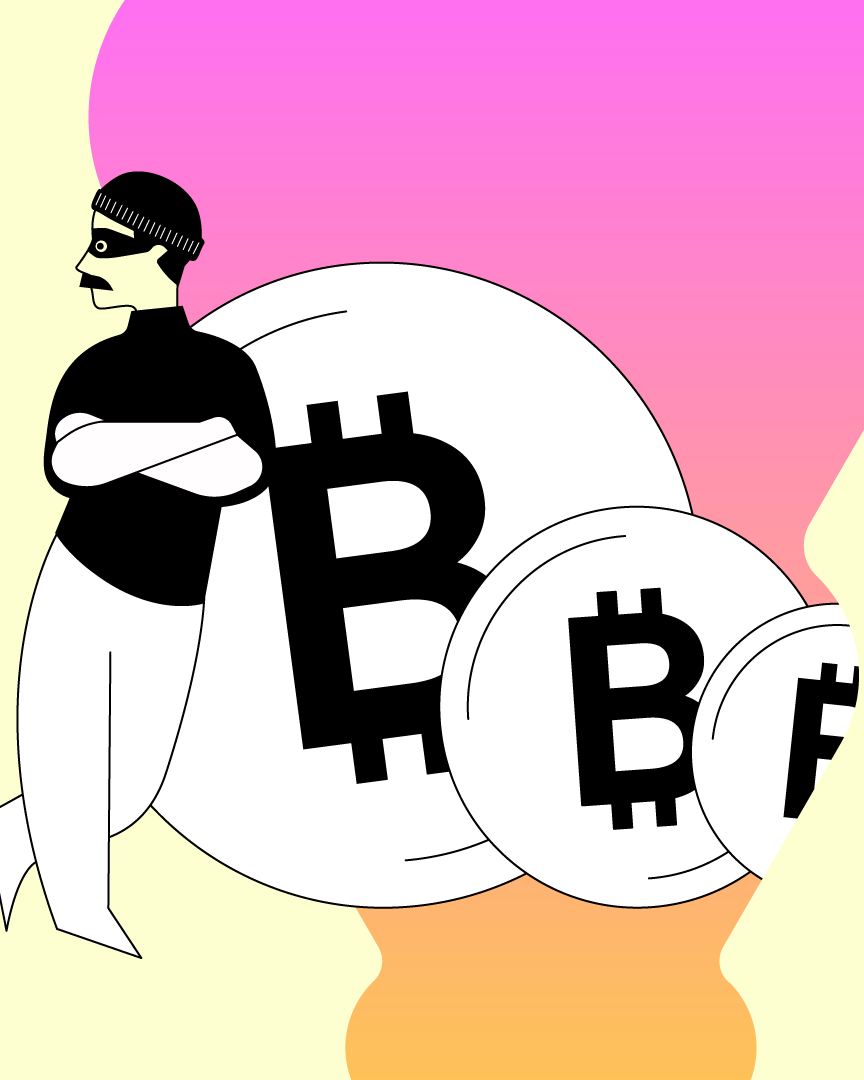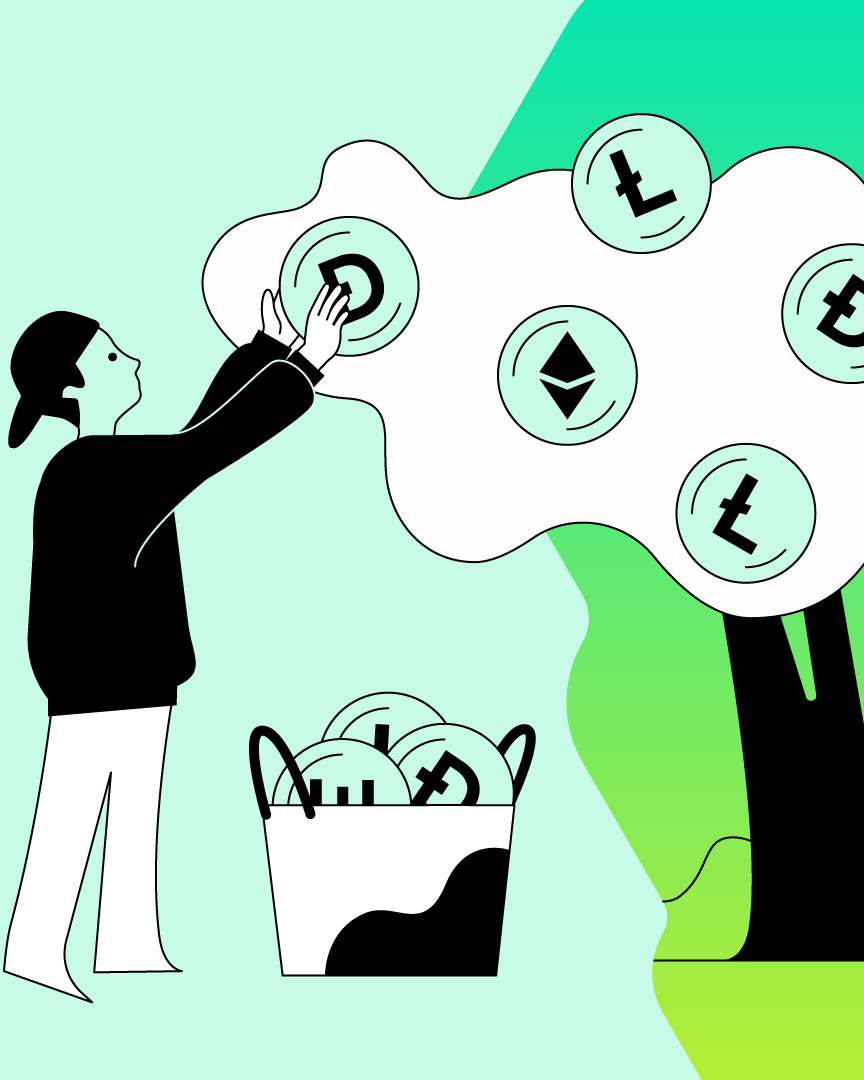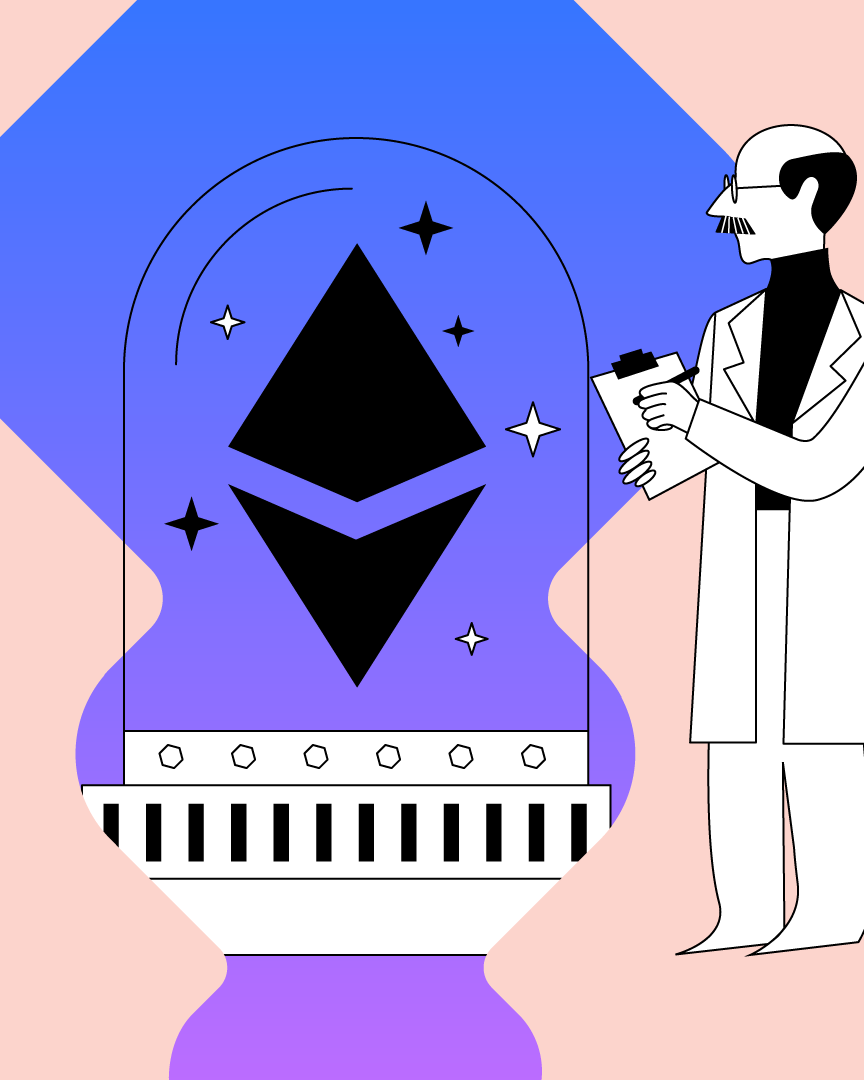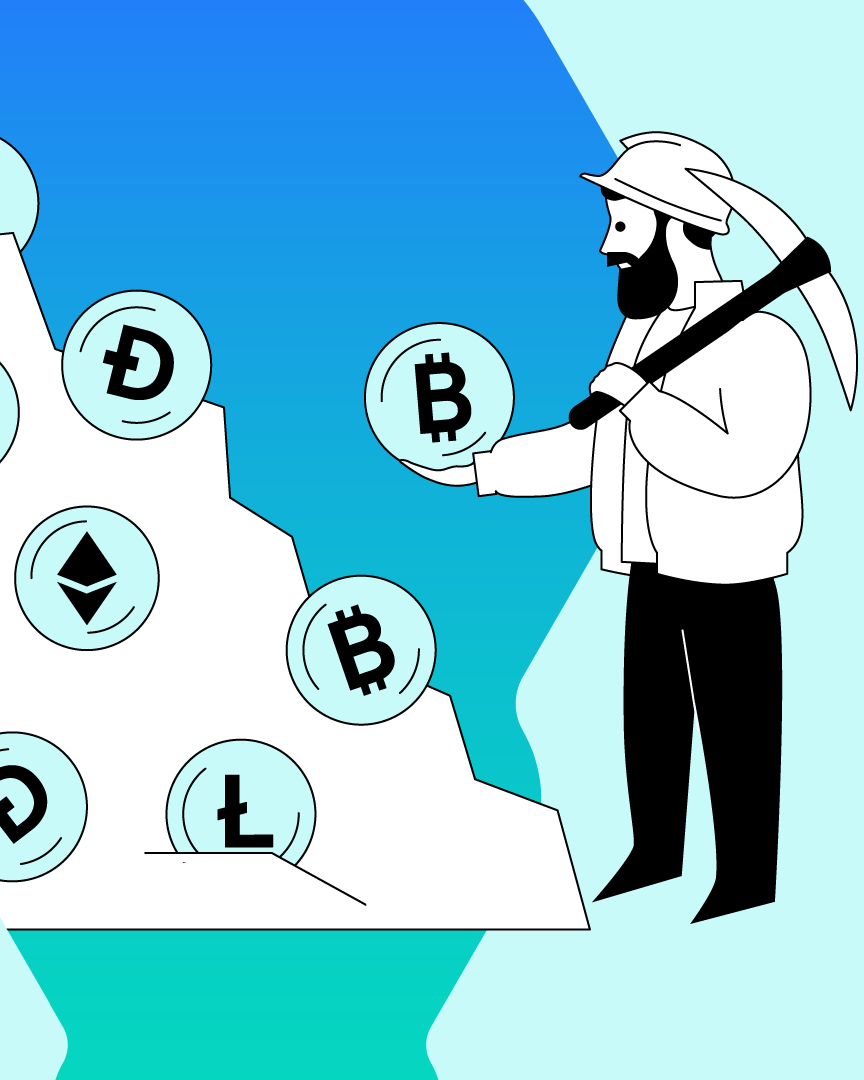1.02 What are cryptocurrencies?
In this lesson, you will learn about the basics of cryptocurrencies.

Cryptocurrencies have become the ‘talk of the town’ for several reasons - from massive returns to their mainstream adoption. And yet, very few people understand the fundamentals of cryptocurrencies. More importantly, what is this unique innovation that is driving a buzz around digital currencies?
If you would like to learn and understand this concept, we assure you are at the right place. Our academy focuses on helping readers understand the very basics of crypto and blockchain so as to aid in making sound decisions.
In this lesson, you will learn about the basics of cryptocurrencies.
Contents
- What are cryptocurrencies
- Key features of cryptocurrencies
- The main cryptocurrencies
What are cryptocurrencies?
In simple terms, cryptocurrency is a virtual digital asset that uses a ledger to record and store transactions.
Cryptocurrencies are often referred to as ‘tokens’ as well. You must be wondering why they are called “cryptocurrencies” and here’s the reason. They are secured by ‘cryptography’ techniques to eliminate double-spending i.e. the same token cannot be spent twice.
Another important aspect of digital currencies is that they are developed on decentralized blockchain technology.
Cryptocurrencies are not managed, governed, or operated by any central authorities or institutions. They are completely decentralized.
Digital currencies work on a peer-to-peer network such that buyers and sellers can engage in direct transactions without the need for an intermediary or centralized institution. The transactions are approved and the network is managed collectively by the nodes or the participants. For instance, the Bitcoin blockchain is managed by the nodes or participants of the Bitcoin network.
You might not be able to hold cryptocurrencies in your hand, but they will definitely add value to your bank accounts or digital wallets. Cryptocurrencies can be used as a form of payment to purchase goods and services similar to fiat currencies. However, they are more than just a currency. They are also considered as investment instruments similar to stocks, metals, gold, commodities, etc.
Key features of cryptocurrencies
- Decentralized - Cryptocurrencies are not operated by a centralized authority. The control is not held by a single entity. Instead, it is distributed among multiple participants of the blockchain network.
- Peer-to-peer - Transactions can be conducted on a peer-to-peer network between two users directly without the need for intermediaries.
- Secure - Digital currencies leverage cryptographic techniques to enable security in processing transactions.
- Irreversible - Crypto transactions are recorded on blockchain - a digital ledger. Once a transaction is complete, it is impossible to reverse or modify.
- Permissionless - Since digital currencies are not controlled by any centralized authority, any participant can transact or view transactions on the digital ledger.
- Possible finite supply - Most of the cryptocurrencies have a limited finite supply. For example, Bitcoin has a supply of 21 million tokens.
- Transparent - Each transaction stored on the blockchain is transparent and can be viewed by anyone who is a part of that particular network.
- Financially inclusive - Crypto networks are global and they are accessible to anyone having access to the internet regardless of their location. This facilitates empowering the unbanked to a financial ecosystem.
The mains
Newbies may be familiar with Bitcoin and Ethereum, however, the crypto market is an ocean encompassing thousands of digital assets. At the same time, it is worthwhile to note that the top ten cryptocurrencies dominate 90% of the entire market.
Bitcoin is the first decentralized cryptocurrency. It is also one of the earliest use cases of blockchain technology.
A pseudonymous founder Satoshi Nakamoto envisioned Bitcoin with the idea of enabling a peer-to-peer electronic cash system. As of 2021, Bitcoin remains the most valuable digital currency in a market of more than 11,000 cryptocurrencies. Now, you may understand that in this ocean of cryptocurrencies, Bitcoin is like the lone shark dominating nearly half of the entire market.
Altcoins are cryptocurrencies that emerged post Bitcoin - the oldest cryptocurrency.
In our upcoming lessons, we will talk in-depth about the fundamentals of Bitcoin and look closely at altcoins. With all that we discussed on cryptocurrencies, you may now have an idea of how they present a significantly unique innovation.
DE
This material does not constitute investment advice, nor is it an offer or solicitation to purchase any cryptocurrency assets.
This material is for general informational and educational purposes only and, to that extent, makes no warranty as to, nor should it be construed as such, regarding the reliability, accuracy, completeness or correctness of the materials or opinions contained herein.
Certain statements in this educational material may relate to future expectations that are based on our current views and assumptions and involve uncertainties that could cause actual results, performance or events to differ from those statements.
BB Trade Estonia OU and its representatives and those working directly or indirectly with BB Trade Estonia OU do not accept any liability arising from this article.
Please note that investing in cryptocurrency assets carries risks in addition to the opportunities described above.







